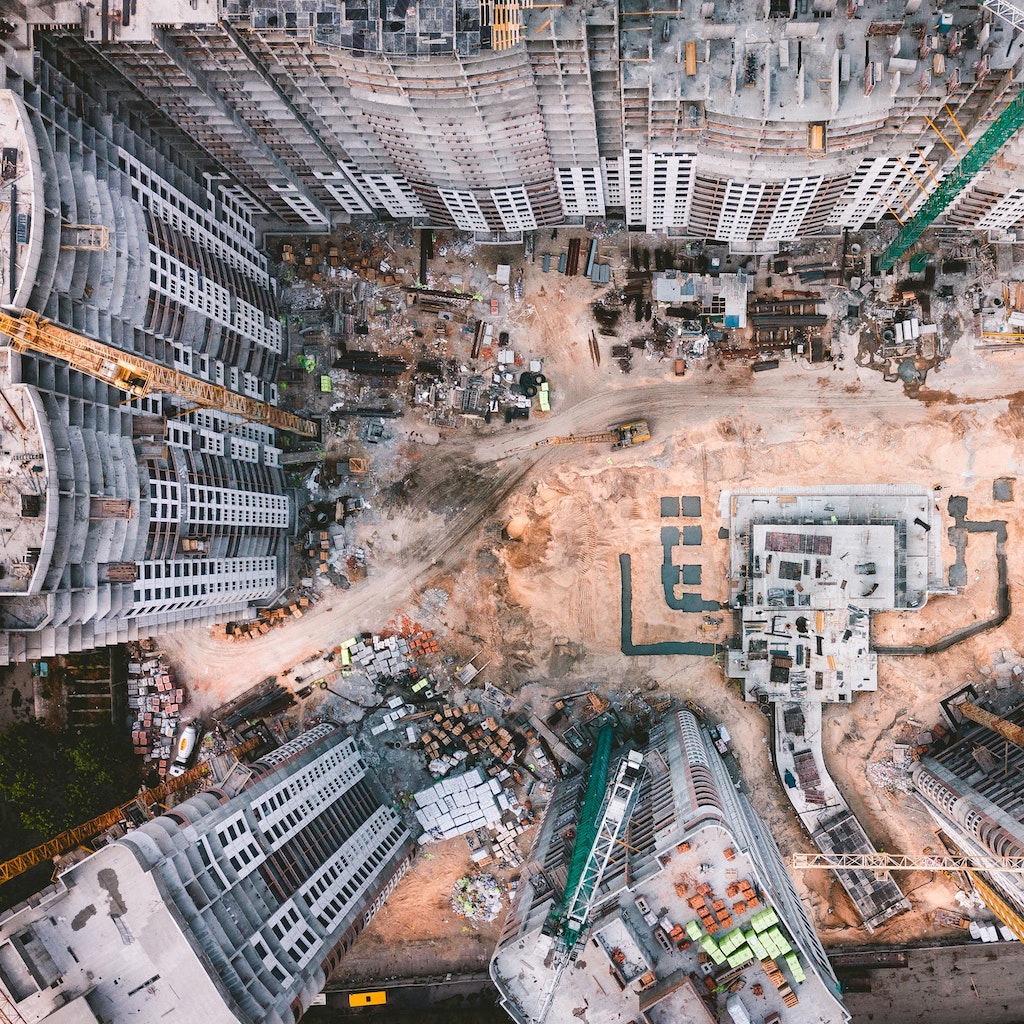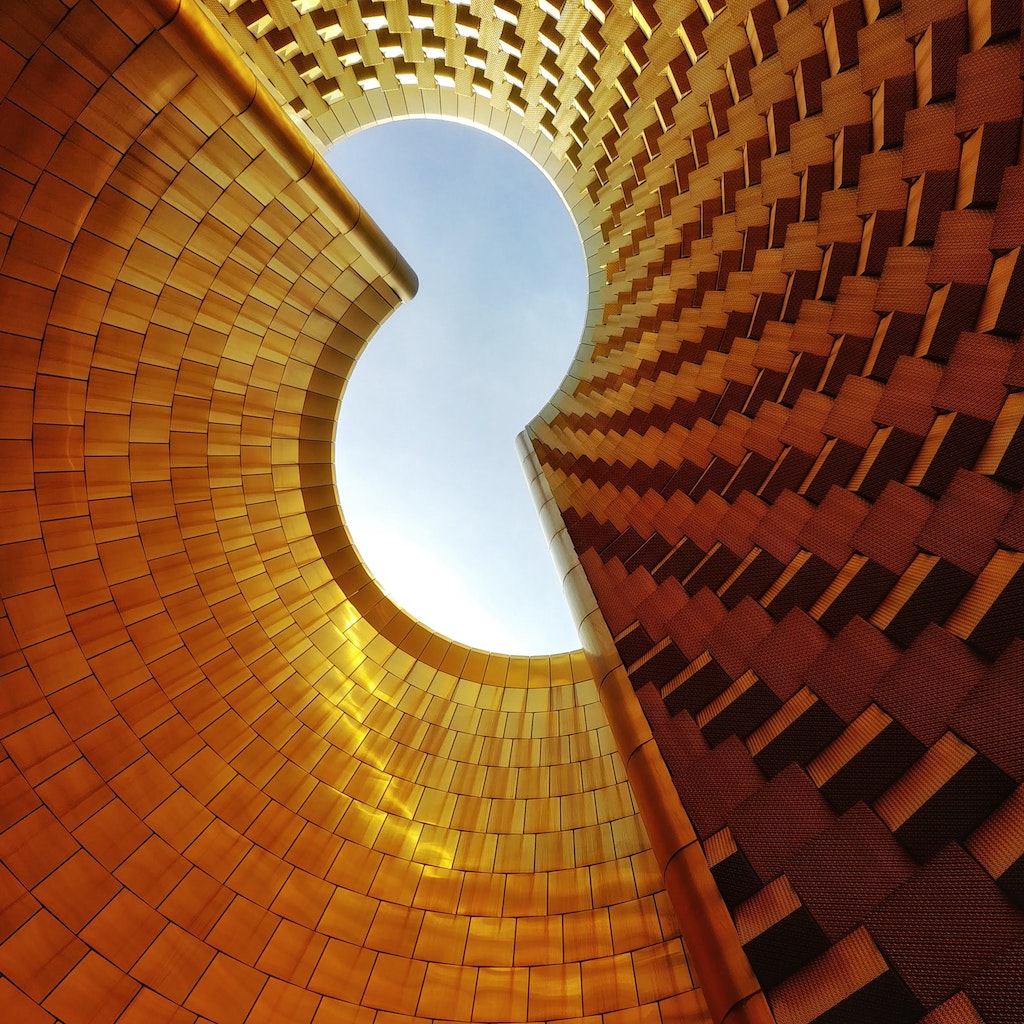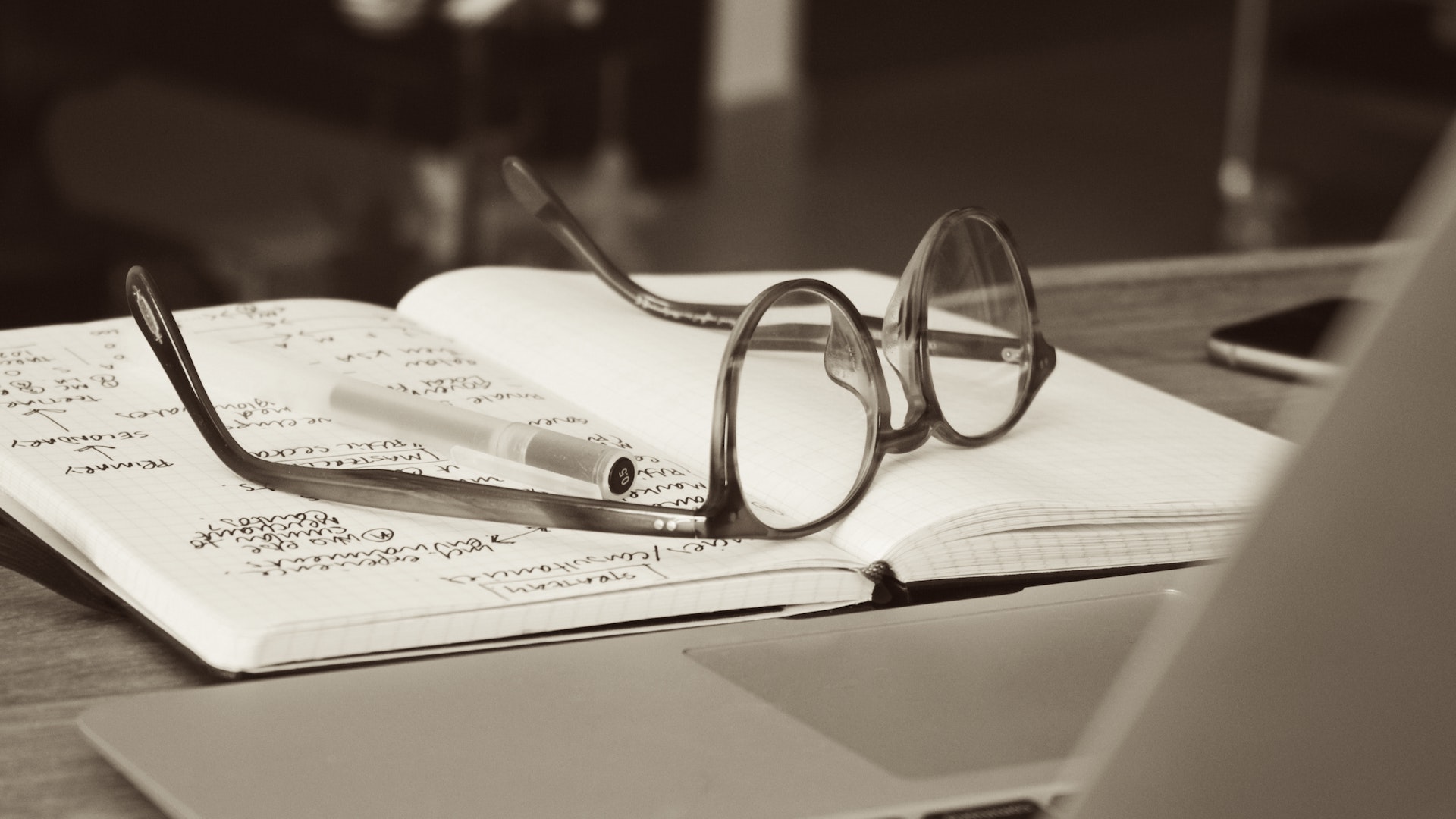My Research Vision
Recent advances in computer science, especially in the field of Artificial Intelligence (AI) and Machine Learning (ML), have pushed the boundary of what is considered possible to be done by computers. For instance, new ML-based algorithms for robotic vision have allowed us to create robots that can "see," understand, and react to their environment. Amidst the excitement generated by these algorithms, we should, however, acknowledge that by the end of the day, they are still software. These algorithms still need to be realized as software components and interact with other components in a software-intensive system. Therefore, whether their values can be actualized depends a great deal on how they are architected and engineered.
My research interest lies in the architectural aspect of the next-generation software-intensive systems that leverage technological advances, such as AI, IoT (Internet of Things), and Distributed Ledger. Specifically, I study how these new technologies can be designed, engineered, how they can be integrated into the existing software systems, and how we can reason about their impact and trade-offs on different system-wise qualities such as security and reliability.
My goal is to create conceptual constructs, frameworks, and automation tools to support individuals, businesses, and governments, and societies in leveraging emerging technologies.

Blockchain-enabled Internet of Things Testbed
Adelaide Blockchain-enabled IoT Testbed is funded by the Australian Research Council Linkage Infrastructure, Equipment and Facilities Project (ARC LIEF Grant), and led by a consortium of leading Australian universities. The Adelaide's node is led by Prof. M. Ali Babar. The goal of this project is to create an open research facility to study various aspects of IoT technologies.
The Adelaide's node would be the first to incorporate blockchain technologies to provide cryptographic trust and provenance to various aspects of the testbed operation, from hardware management and deployment, to binary provisioning and data collection.

Cloud-based Testbed for Blockchain Networks
As blockchain technologies become mainstream, more businesses and governments have been exploring the idea of integrating blockchain into their systems. The increased maturity of blockchain platforms makes it possible for these parties to design and deploy their own blockchain network. While self-deployed networks allow for more flexibility, they also present new design challenges for architects, such as distributing various components of a blockchain network to participants and choosing a suitable protocol.
The goal of this theme is to close the feedback loop by allowing architects to quickly deploy and evaluate their network, prior to the official roll out.

Provenance of Artificial Intelligence with Blockchain
AI models no longer reside in the lab as fascinating study objects. They have been actively participating in the world, generating values, and even dictating parts of our lives. In near future, they might decide whether one can get a loan, they might airdrop our packages, and they might drive our cars. Admist these rapid advancements, one should ask about the trustworthiness of these AI models. Where do they come from? Who trained them? Using which data? Which algorithm? So on and so forth.
This theme investigates the use of blockchain as a transnational, trustless entity to maintain provenance chains of AI models.

Architectural Constructs and Framework for Blockchain
Architecture is one of the most important artefacts in a software project. A suitable architecture enables a software-intensive system to achieve its targeted qualities, such as reliability, security, and performance. A well-documented architecture allows architects to reason over qualities of the system being designed. Such an architecture also acts as an excellent training material for new developers
This theme aims to discover tactics, patterns, and techniques to architecting blockchain-based software systems. Based on these architectural constructs, it poses to build framework, process, and automation tools to support architects and developers in adapting blockchain technologies for their software-intensive systems.
Working with me
Various research projects at final-year, honour, and master level related to this project are available. Contact me for more information.
